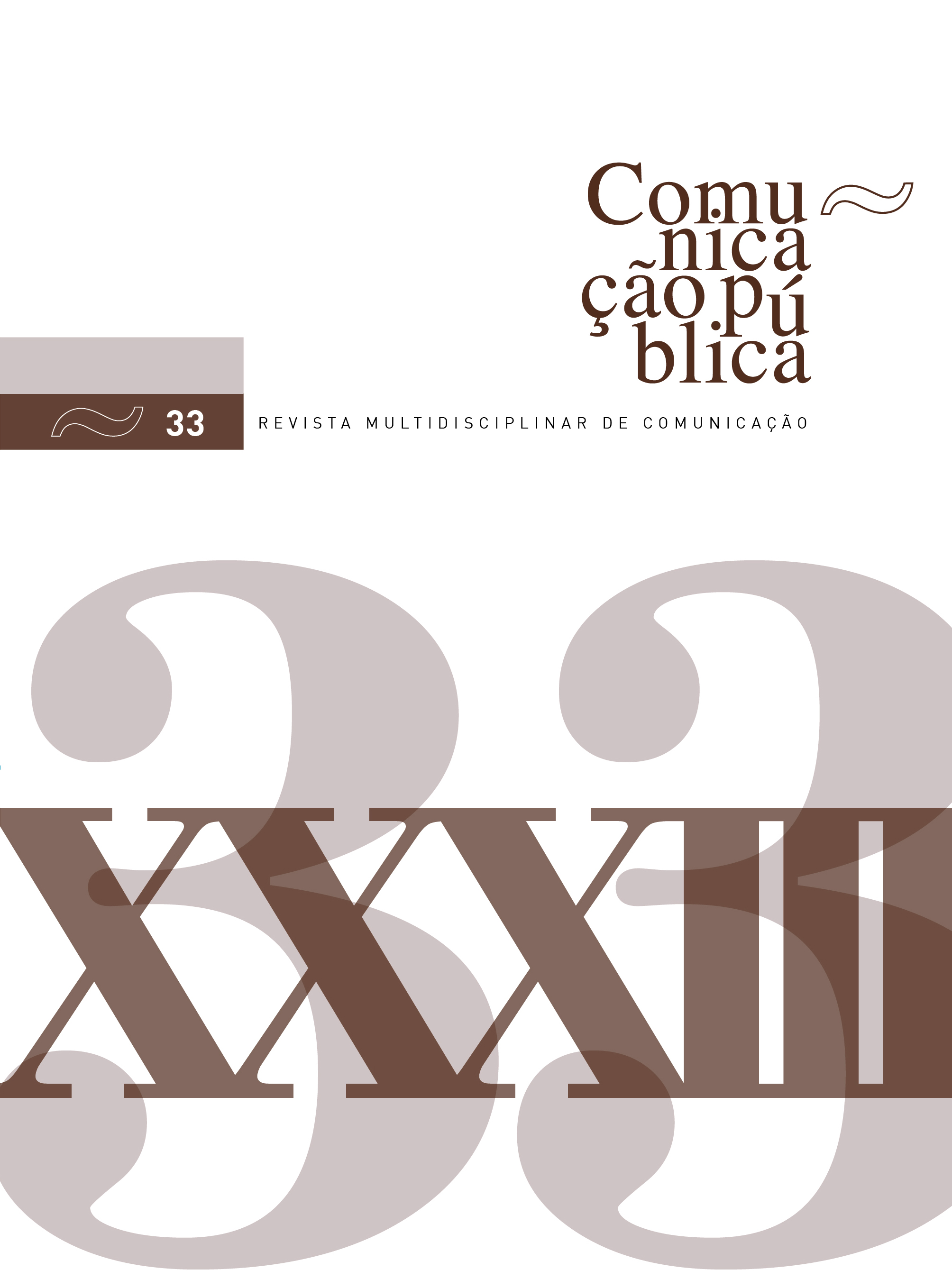Proust e os Signos
Signs of a Foreign Thought
DOI:
https://doi.org/10.34629/cpublica.690Keywords:
signs, literature, philosophy, Deleuze, ProustAbstract
Proust e os Signos is a trail-book that passes through three points and lasts, intensifying, between them. There, the movement of Gilles Deleuze's thought unfolds, in a brilliant way: his aesthetic ontology. The three points are dates, therefore, events: 1964 for Part I of the book (then entitled Marcel Proust et les Signes); 1970, when Part II is added (with Proust's own name dropped from the title); and 1976, the year of the third edition of Proust et les Signes (the Portuguese version corresponds to that edition), in which a reformulated Part II appears with new chapters, including a conclusion entitled “Presence and function of madness, the spider”. Proust e os Signos is still a hybrid place, between two, between literature and philosophy, between Deleuze and Proust, between the pleasure of reading and an unforeseeable tought.
Downloads
References
Deleuze, G. (1965). Nietzsche. P.U.F.
Deleuze, G. (1966). Le bergsonisme. P.U.F.
Deleuze, G. (1967). Présentation de Sacher-Masoch. Minuit.
Deleuze, G. (1968). Différence et répétition. P.U.F.
Deleuze, G. (1968). Spinoza et le problème de l’expression. Minuit.
Deleuze, G. (1969). Logique du sens. Minuit.
Deleuze, G. (1970). Spinoza – philosophie pratique. P.U.F.
Deleuze, G. (1977). Proust et les signes. P.U.F.
Deleuze, G. (1988). Le pli – Leibniz et le Baroque. Minuit.
Deleuze, G. (1993). Critique et clinique. Minuit.
Deleuze, G. & Cixous, H. (1973). Littérasophie et philosofiture. In Dialogues (p. 30).
Deleuze, G. & Guattari, F. (1972). Capitalisme et schizophrénie 1, L’anti-Œdipe. Minuit.
Deleuze, G. & Guattari, F. (1975). Kafka pour une littérature mineure. Minuit.
Deleuze, G. & Guattari, F. (1976). Rhizome. Minuit.
Deleuze, G. & Guattari, F. (1980). Capitalisme et schizophrénie 2, Mille plateaux. Minuit.
Deleuze, G. & Guattari, F. (1991). Qu’est-ce que la philosophie? Minuit.
Deleuze, G. & Lima, L. (Trad.) (2022). Proust e os signos. Barco Bêbado.
Foucault, M. (1971). L’ordre du discours. Gallimard.
Proust, M. (1913-1927). À la recherche du temps perdu. Gallimard.
Downloads
Published
Issue
Section
License
Copyright (c) 2022 Direitos do Autor (c) 2022

This work is licensed under a Creative Commons Attribution-NonCommercial 4.0 International License.
Os conteúdos da Comunicação Pública estão licenciados com uma licença Creative Commons - Atribuição-NãoComercial 4.0 Internacional.


